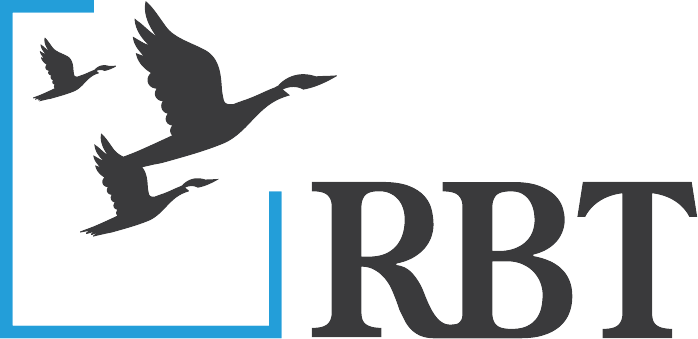Veterinary offices are busy workplaces made up of many moving parts. While veterinarians and medical staff work hard each day to treat patients, practice managers and administrative staff maintain the operational side of the business. Each day, team members carry out financial processes vital to the operation of the practice. But are these processes being thoroughly documented? By taking the time to document financial processes and team member duties, veterinary practices create consistency across business operations, maintain organized systems, reduce training and onboarding time, ensure business continuity when team members leave, and enable informed decision-making.
What financial processes should be documented?
Processes that should be documented include all bookkeeping tasks such as managing daily financial transactions, financial reports, balance sheets, cash flow statements, general ledgers, and income statements. Other processes that should be documented include payroll management, budget creation, and financial forecasting.
What does it mean to document your financial processes?
Documenting your processes requires breaking each task down into a series of clearly outlined steps. These steps should be presented in a way that they can be easily followed by someone else if necessary. One method of documenting processes is process mapping, a technique that utilizes visual representations of workflows and team member responsibilities. A flowchart is an example of a type of process map.
Why is it important to document processes and team member duties?
There are many reasons you should be documenting your practice’s processes and team member responsibilities. A well-documented system creates organization, efficiency, and consistency within your operations. An effective system of documentation should lay out each team member’s essential duties, indicating what tasks fall under each position. This ensures that all necessary tasks are carried out while reducing confusion over responsibilities and creating a more efficient workflow. Documenting processes also creates consistency in operations, allowing tasks to be completed the same way every time. Consistent procedures not only improve the quality of your operations but also gain the confidence of team members and clients. Standardized processes demonstrate professionalism and reliability, especially when it comes to the management of your practice’s financials.
Documenting your processes also ensures business continuity should a team member leave his/her position. What if your bookkeeper unexpectedly leaves tomorrow? Would your practice continue operating smoothly? What about the team member in charge of payroll? Would your staff continue to be paid on time? Documenting essential processes and roles reduces disruption to your business’s operations should a situation like this occur. Even when a team member’s departure is expected, the transference of duties to the incoming team member can consume significant time and energy. Detailed descriptions of each position and the corresponding responsibilities aid immensely in the training and onboarding of new staff. This is especially true for cases in which the outgoing team member has been in his/her role for several years and has functioned autonomously for much of that time. Proper documentation of duties allows the knowledge of experienced employees to be passed on to succeeding team members, rather than being lost during transition.
Lastly, detailed documentation of financial processes aids a practice’s ability to assess and improve its operations. Documentation helps veterinary practices monitor compliance with financial regulations and legal requirements, prepare for audits, and maintain internal controls. It also allows practices to review their financial processes and determine if there is a need for improvement, guiding informed decision-making for practice owners and managers.
Time to document!
The task of documenting your practice’s financial processes and team member duties can require significant time and effort initially. However, the benefits of documentation far outweigh the costs. Documenting your processes will ensure your business is run efficiently so that you can focus on your core mission of caring for your animal patients. For guidance on documenting your financial processes, reach out to our experts at RBT CPAs. You can count on RBT CPAs for exceptional accounting, audit, tax, and advisory services. Give us a call today to find out how we can be Remarkably Better Together.










